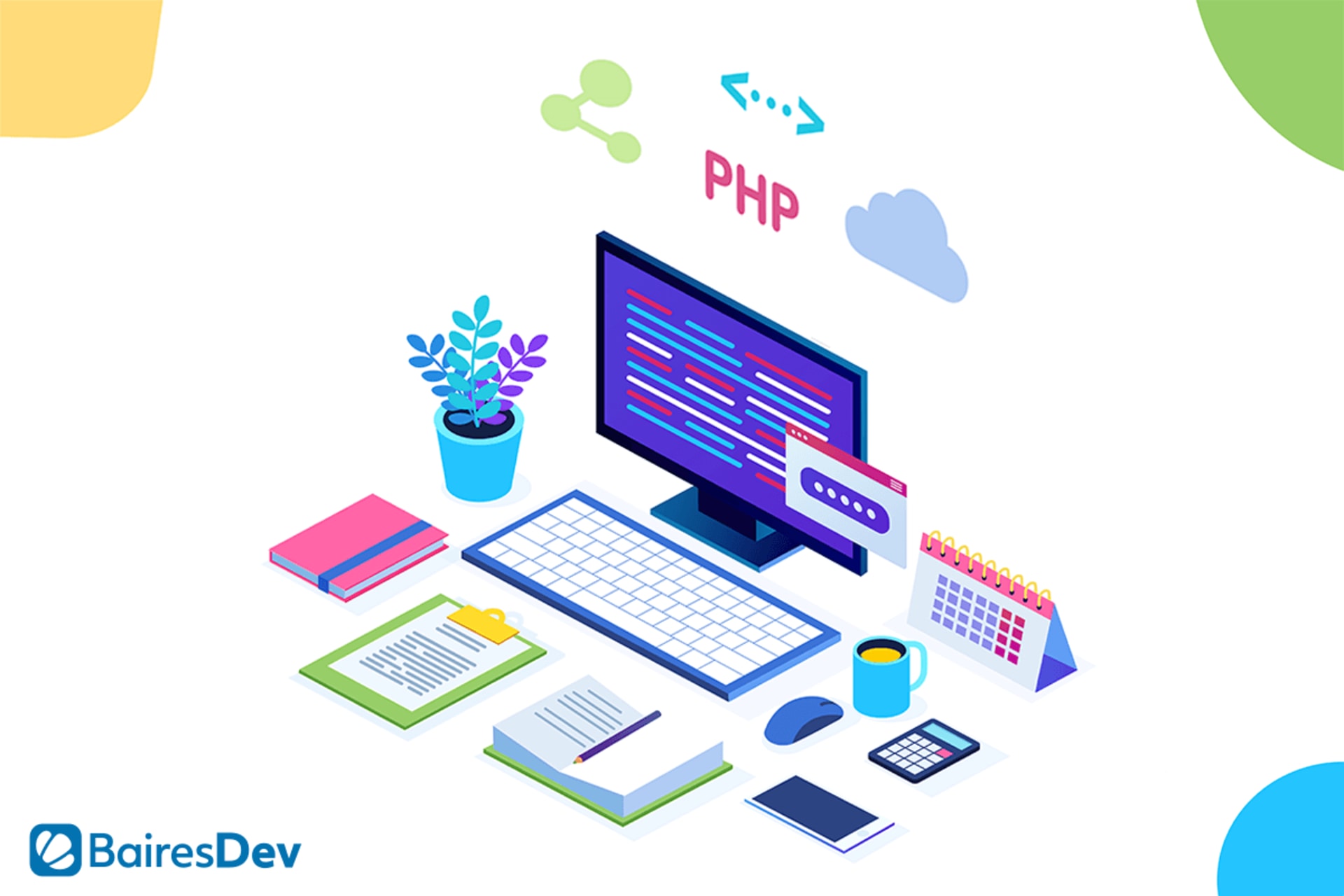Cybersecurity is one of those things you may be tempted to overlook because implementing it is challenging, time-consuming, and potentially expensive. Additionally, it’s something you can’t see working unless a cyberattack occurs. And, really, what are the chances of that? Yet, strong cybersecurity measures are like insurance: it’s better to have it and not need it than to need it and not have it.
The requirement for robust cybersecurity at every level of your organization is becoming more critical all the time. Cybercriminals are constantly thinking up new ways to attack companies like yours. Meanwhile, cloud computing and the work-from-home (WFH) arrangements you’ve likely instituted to keep employees healthy during the COVID-19 pandemic create even more opportunities for these bad actors to play their parts.
Custom software development from a trusted company like BairesDev, traditional security architecture, and the “trust but verify” approach are good starting points for staying protected. But, to ensure the safety of your critical data and your customers’ personal information, the Zero Trust (ZT) method is your best bet. Here we explore what ZT is, why you should consider using it, and how to take the first steps toward implementing it in your business.
What Is Zero Trust?
The ZT model promotes the continuous authentication, authorization, and validation of all system users, including those within a company’s network. To create the necessary conditions, the model uses identity verification tools like multi-factor authentication (MFA).
ZT differs from the previous “trust but verify” model in that it doesn’t assume everything behind the corporate firewall can be trusted, including all users and endpoints. Using the older model puts a company at risk of threats from within and increases vulnerability to threats from without.
According to Microsoft, the ZT model encompasses the following components:
- Applications
- Data
- Devices
- Identities
- Infrastructure
- Network
Zero Trust Principles
The ZT model operates according to the following principles:
- No trusted sources. Anyone requesting access to the network is a potential threat, including employees.
- Prevention techniques. As mentioned above, companies employing the ZT model use MFA — that is, two or more security requirements, such as a password and a unique code sent to a smartphone — to verify user identity.
- Least-privilege access. They also use a least-privilege access policy, meaning users are granted only the lowest level of privilege needed to perform their jobs. This policy is also referred to as “need-to-know.”
- Microsegmentation. Additionally, they employ microsegmentation, which involves dividing the network into smaller segments to contain attacks if they do occur.
- Continuous monitoring. Companies using the ZT model must constantly monitor systems and networks to contain any breaches as quickly as possible.
ZT can only be successful within an organization that is committed to these principles. While the repetitive nature of the system may seem onerous, a once-and-done approach simply isn’t enough because the threat potential can change at any time. The following video explains some of these principles:
How to Implement Zero Trust
Like any new program, ZT may take planning, implementation, and several iterations to ensure you have a reliable system in place.
- Conduct a security assessment. First, determine which digital assets, systems, and specific machines you need to safeguard. Then, figure out which tools you already have available and in place to protect them. Make a note of any missing pieces.
- Fill gaps. For each “hole” you find, determine what is needed to protect the asset(s) in question and develop a process for doing so.
- Improve the system. Now that you have security measures in place for all vulnerable assets, determine where you’re already using ZT principles and where they could be improved. Institute new procedures where necessary.
- Institute continuous monitoring. Having MFA and other such measures in place isn’t enough. You must also monitor all systems in real time to ensure the measures are working and to prevent extensive damage in the event of an attack.
Zero Trust With a Remote Workforce
When you have a remote workforce, enacting ZT becomes more complicated. Here are a few ideas for ensuring cybersecurity among your WFH employees:
- Secure devices. A common phenomenon with WFH arrangements is “bring your own device” (BYOD), meaning employees are using personal devices for work. Of course, the problem here is that you have no control over these devices, or over the level of security. To remedy the situation, create a policy that requires use of company devices for work or that requires use of company software and apps on employee devices.
- Manage cloud applications. The use of cloud computing is common with WFH arrangements, so be sure those platforms comply with your policies regarding MFA, least-privilege access, microsegmentation, and monitoring.
- Enable secure access. Any other steps you take to ensure cybersecurity with WFH employees will be pointless if their network access method is insecure. Take steps to ensure employees have secure Wi-Fi networks at home and that they understand the risks associated with using a public network. Additionally, equip them with virtual private networks (VPNs) to create an additional security layer.
- Don’t forget the basics. Train WFH employees on the importance of maintaining cybersecurity from their home offices. The training should include basic “cyberhygiene” such as keeping antivirus software up to date, not clicking links in emails from unknown sources, and double-checking before accepting calls from anyone claiming to be from the company’s IT department.
An Extreme Policy?
The consequences of a cyberattack range from inconvenient to catastrophic. Companies that experience breaches may end up spending considerable time, attention, and money on cleaning up the mess left by hackers, especially if the stolen data includes compromised customer information.
While ZT may seem like an extreme policy, the reality of today’s data landscape requires this level of protection.The more your data assets are spread out — across multiple locations (perhaps in various countries), work in the cloud, and WFH employees — the more you truly need it.






